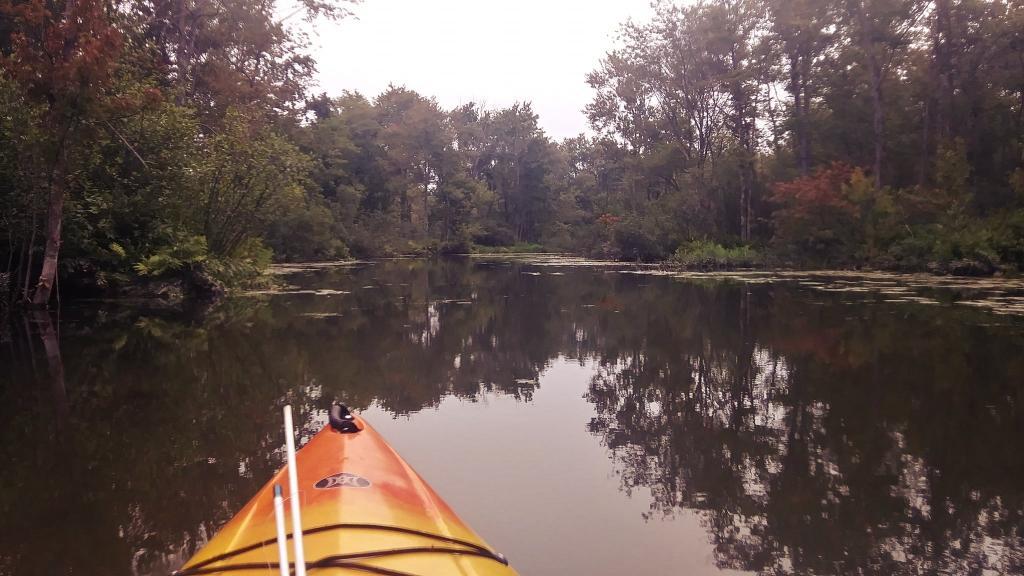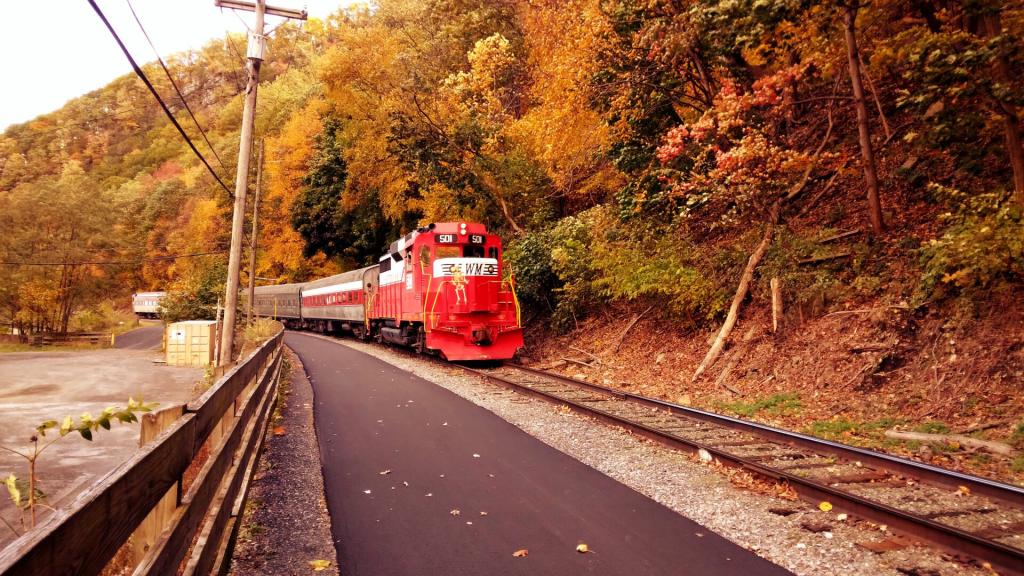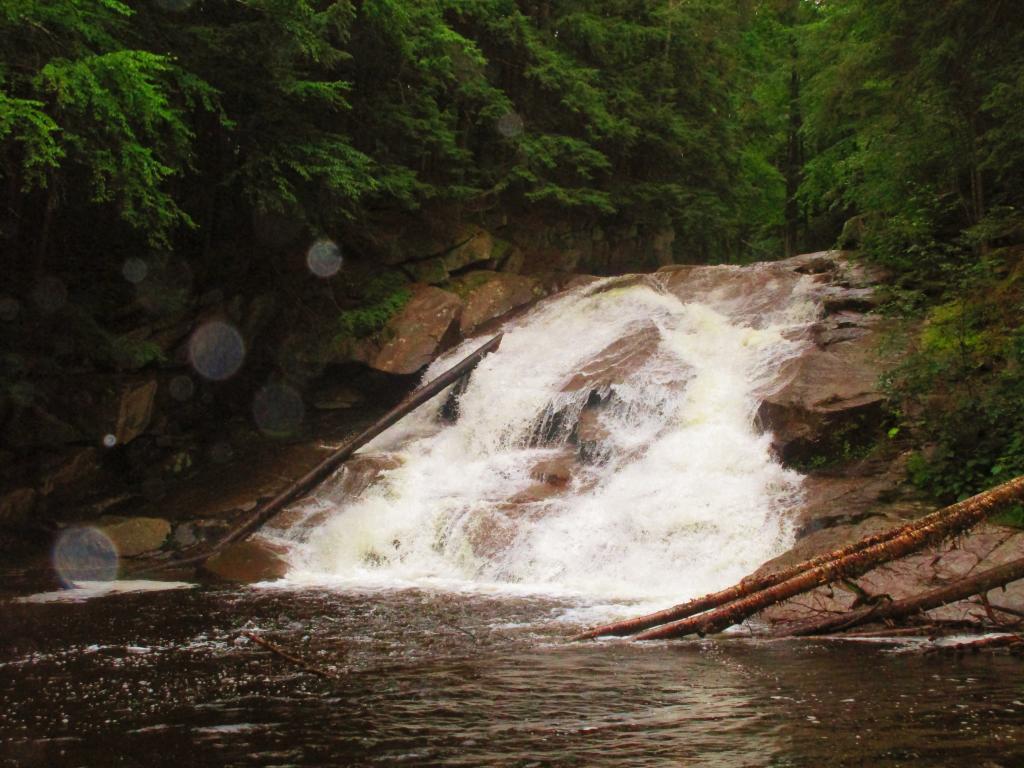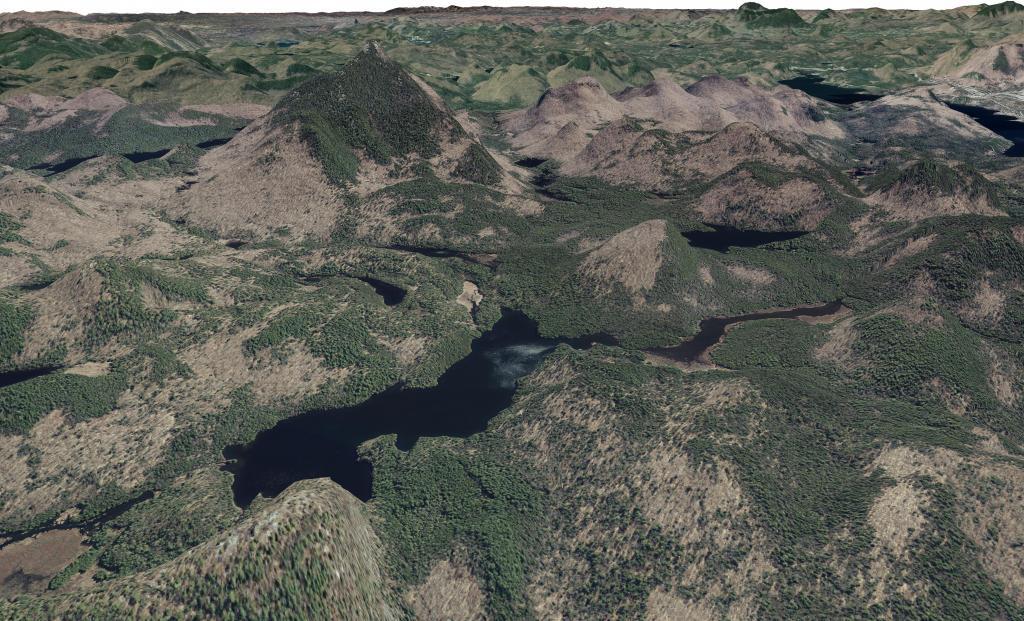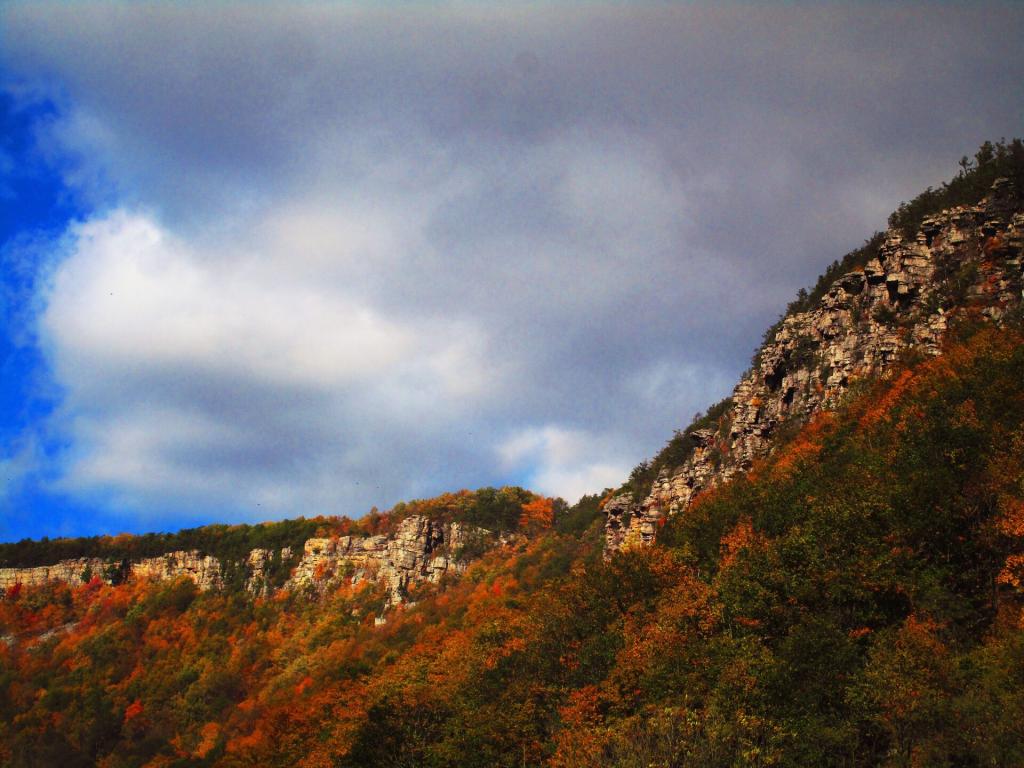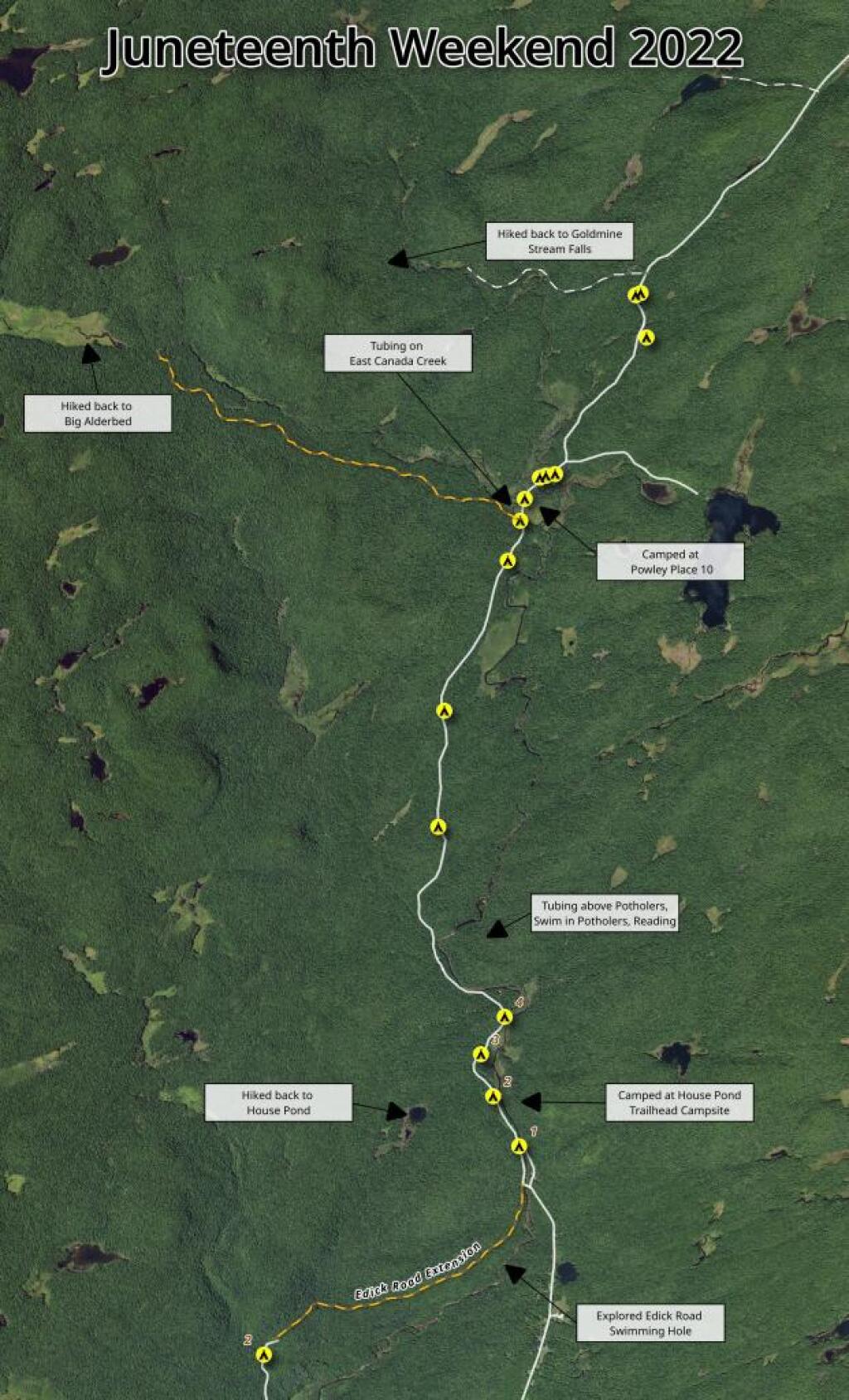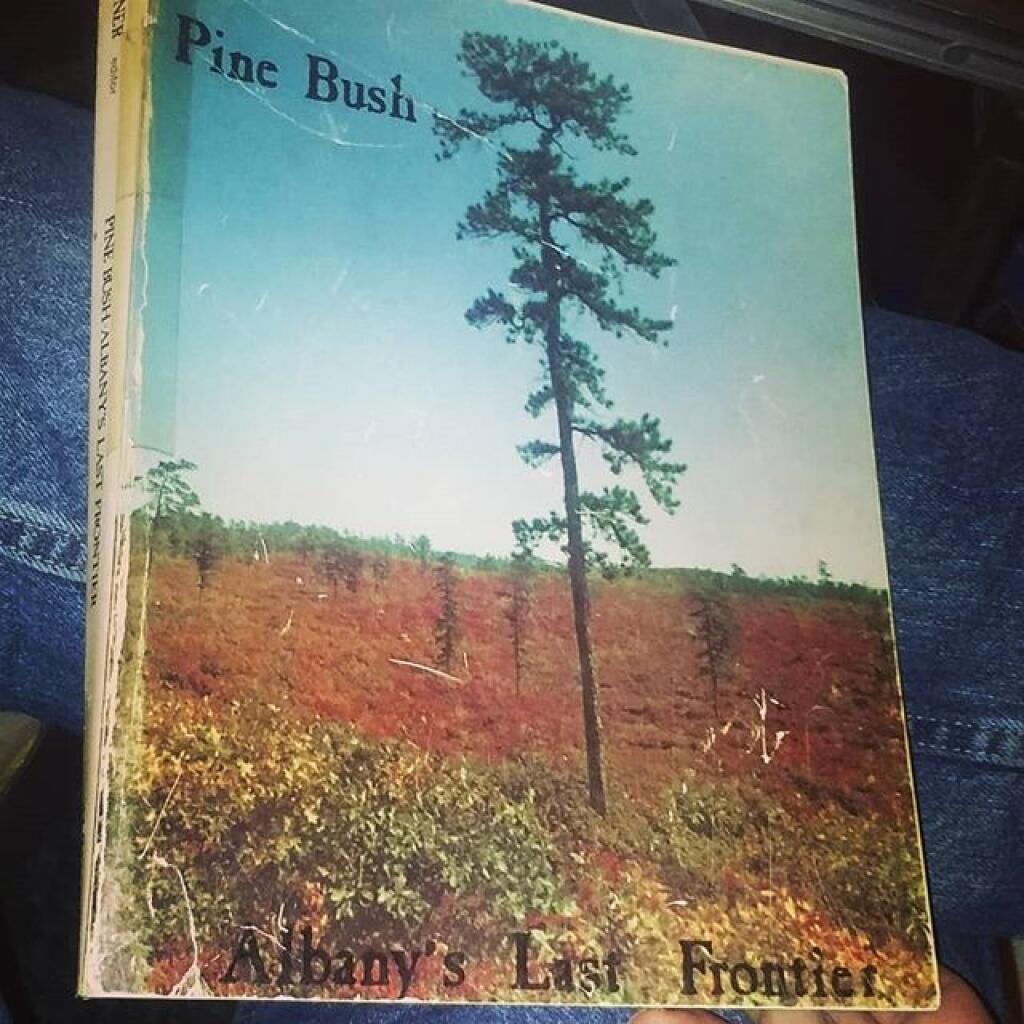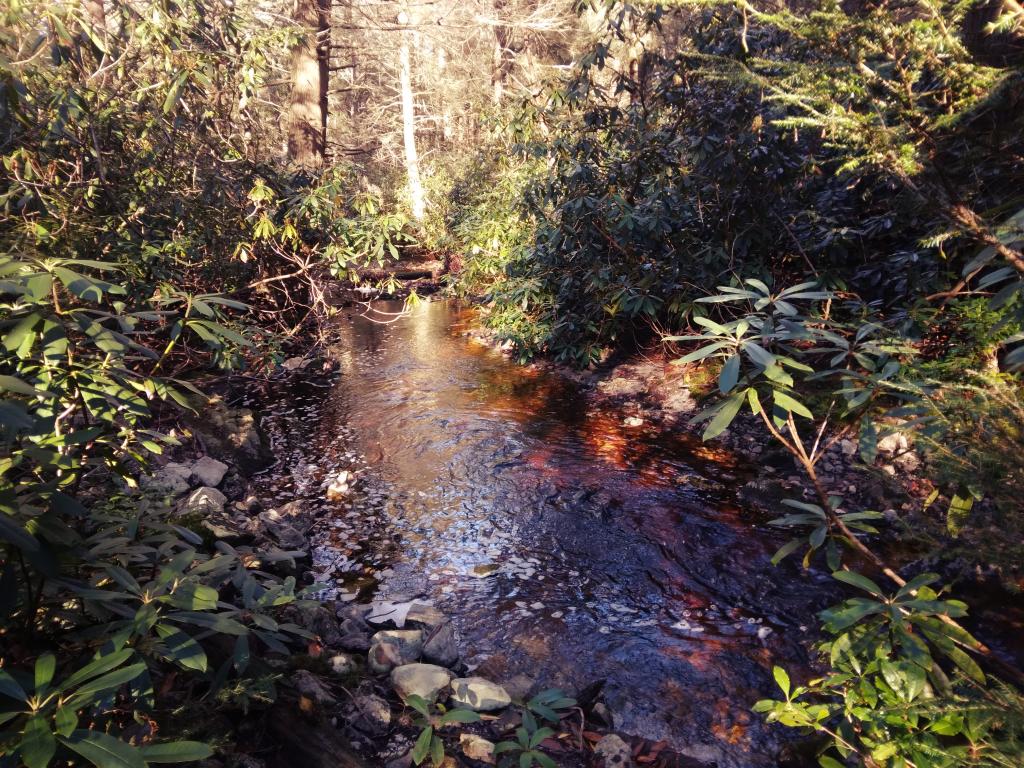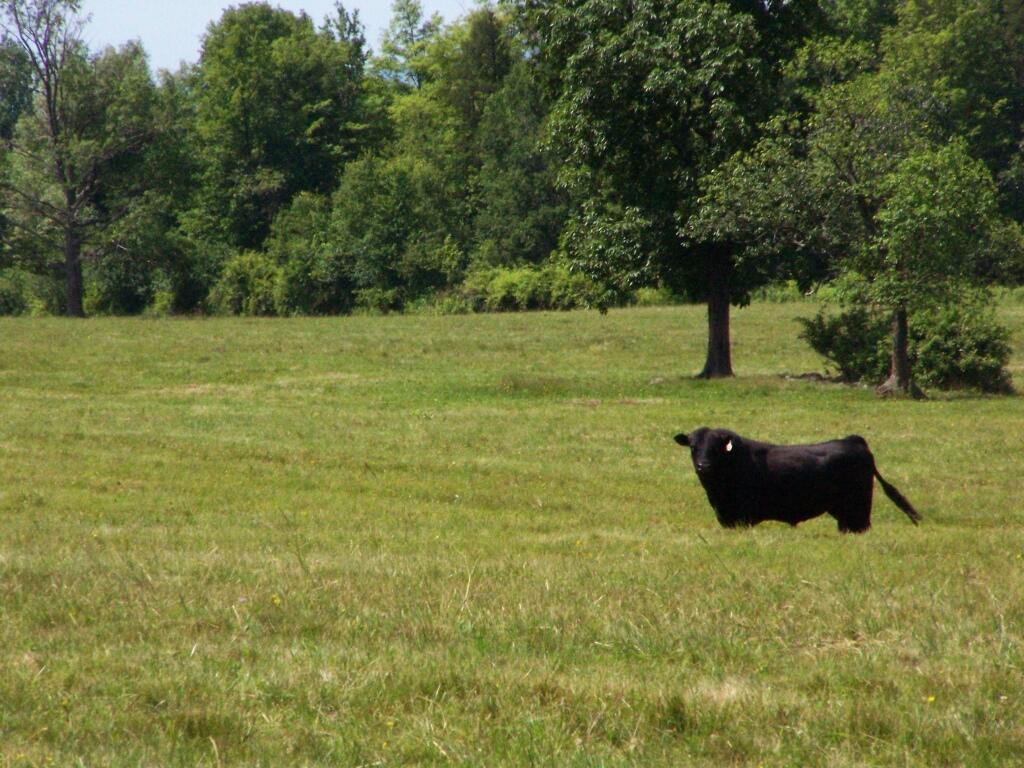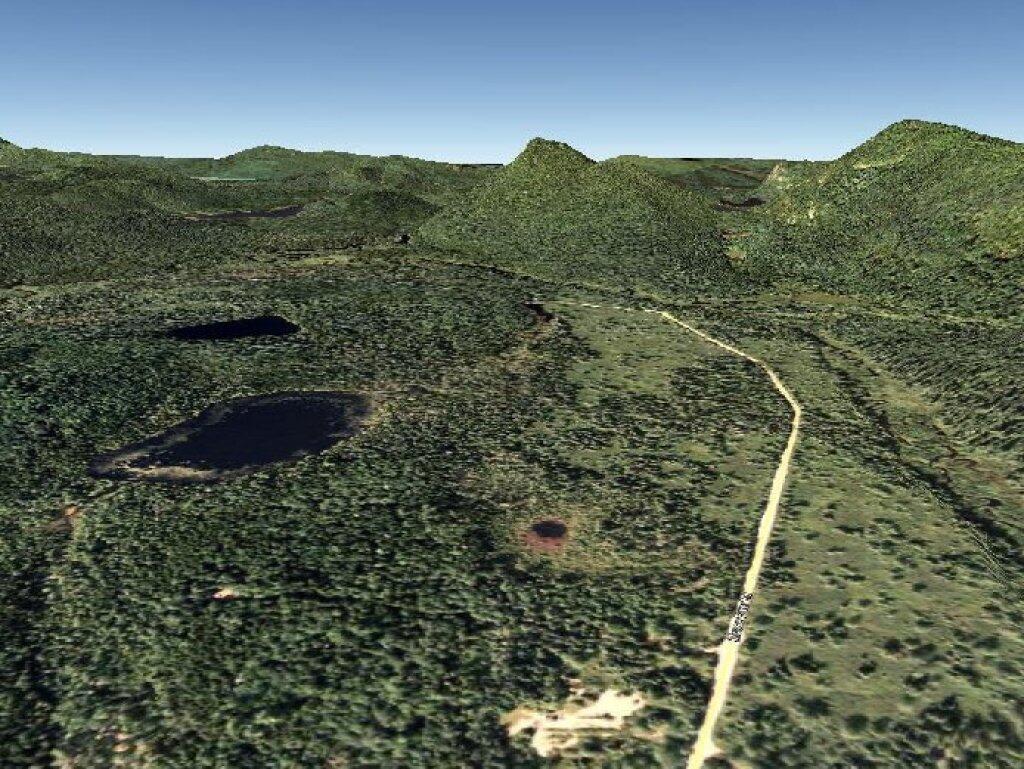More then one out of every 5 acres in NY State is publicly owned and is used as parkland. Here are a series of maps of various regions of NY State showing the boundaries and classifications of various types of land.
state
Urban-Rural Interface for State Boundaries?
Would government be effective if urban areas and those areas in the urban sphere of influence such as the suburbs where separate from truly rural areas, where residents rarely go to city? By definition, the urban-rural interface is the border between the lands within a practical commuting distance for the productive non-farming rural resident and the rural resident who rarely interacts with the city.
As I’ve written many times in the past, urban policies being applied to rural areas rarely make sense, as do rural policies applied to urban areas. The conflict between the rural and the urban is best mitigated by creating and having two separate and sovereign governments, while allowing them to come together for questions of national and international policy, for things like nation defense, transportation infrastructure, and large-source emitters’ pollution control.
Political districts currently are based on haphazards of history or attempts at gaming the political system and not geographic reality. Large regional governments in urbanized areas and their spheres of influence would be far more effective at addressing the large problems of day from transportation to materials recovery or disposal. Moreover, the linkages between two urban regions of similar size (such as Syracuse Urbanized-area and Albany Urbanized-area), are far closer in many ways then a single county (Albany County’s Urban Sphere of Influence versus those areas in extreme western-portion of Albany County outside of Urban Sphere of Influence).
Urban areas really like their new found power since the awful 1964 ruling in Reynolds vs Simms, that mandated both houses of a legislature be equally proportioned, and banned the upper house (ie. Senate) from being based on geography, giving rural areas limited voice in the process. Urban and more liberal constituencies are unlikely to give up their dominance in the process, or allow more rural areas to have sovereignty, because it’s fun to boss around people you disagree with.
While maybe politically impractical, giving urban and rural areas complete sovereignty in their own matters would solve a lot of problems, and create policies more appropriate for their constituencies.
Residents of Adirondack and Catskill Park Are Older
It’s interesting to map the median age of New Yorkers by Census Blocks. While certain census blocks show a median age that is noticeably younger then some, e.g. juvenile institutions and colleges, a broader trend can be seen in Catskill and Adirondack Parks — residents there tend to be older.
Looking at this map, one can conclude residents of the Southern Tier, Tug Hill Regions, and North Country tend to be younger compared other portions of state, while in surburban areas people tend to be somewhat younger. Cities tend to have youngest populations, especially in neighborhoods touched by poverty and blight.
Despite what you might think, residents of Mohawk Valley are not particularly older then the rest of state. If anything, they are slightly younger. The idea that all of the young people are moving away from the Mohawk Valley isn’t supported by data, or at least new young people are coming back to replace the lost people.
Bachelors Degrees Are a Wealthy Suburban Thing
If you ask many people today, the assumption would be almost everybody has a Bachelors Degree, if not more education then that. Yet, except in the most suburban (and wealthy) portions of state, Bachelors Degrees are relatively uncommon — often held by fewer then 1 in 10 people over 25 years of age.
It turns out there is a close connection between suburban lifestyles and having a bachelors degree. Zoomed into closer into a map of the Capital District, you will note how closely link suburbanization is to number of people with a bachelors degree.
That said, obtaining that Bachelors Degree might be worth your while — if you avoid college debts, and land a good job after college. Indeed, the wealthiest portions of state tend to have the highest percentage of those with Bachelors Degree, e.g. the suburbs.
It’s probably wrong to assume one is wealthy or well off with a Bachelors Degree, or that all rural folks are backwards hicks leaving in poverty. It’s more that the more affluent (in money terms) suburban life tends to require more schooling then more rural or urban occupations.
License Schoolyard Bullies
Across New York State, bigger and meaner children are stealing the lunch money from smaller and weaker children. It happens every school day, and while it may not be fair or right, it’s likely to continue for the forseeable future. As it would be almost impossible to stop — we should do next best thing — license schoolyard bullies.
Licensing schoolyard bullies could bring in a sizable portion of revenue to the state. Nobody knows how much lunch money is stolen every year, but figuring there are millions of kids in Public Schools, there is the potential for millions of untapped revenue. Licensing schoolyard bullies could be a potential goldmine to tap to reduce the state’s yearly deficit.
Understanding the problem of bulling in schools, the state could dedicate a portion of funds coming from licensing and taxing bullies go to bullying prevention. A 50% tax on profits by school bullies could do a lot for all children. It would make the bullying business theoretically less profitable, and discourage bullying. It also would provide funds to monitor the actions of bullies to ensure that actions are appropiate — extracting funds from weaker children — while making sure their actions aren’t too abusive or harmful.
The fact is we are never going to get away from bigger and mean kids bullying weaker kids, and stealing their lunch money. It’s just part of growing up for the most unlucky of children. Yet, if this insitution is to exist, then at least their should be a kind of public function to schoolyard thief of lunch money, specifically funding of government.
… and remember, school yard bullies are not organized, and are too young to vote.
NY State Nature and Historical Preserve
New York State has the well known Forest Preserve in Adirondacks and Catskills (provided for in Section 1) and State Forests and Wildlife Management Areas (provided for in Section 2) outside of the Blue-line designated Forest Preserve Boundaries. Yet, on November 4, 1969 the voters of New York State admended the consitution to add a new section that called for a new type of land — The State Nature and Historic Preserve — now managed by the new Department of Environment Conservation.
Article XIV Section 4:Protection of natural resources; development of agricultural lands.
The policy of the state shall be to conserve and protect its natural resources and scenic beauty and encourage the development and improvement of its agricultural lands for the production of food and other agricultural products.
The legislature, in implementing this policy, shall include adequate provision for the abatement of air and water pollution and of excessive and unnecessary noise, the protection of agricultural lands, wetlands and shorelines, and the development and regulation of water resources.
The legislature shall further provide for the acquisition of lands and waters, including improvements thereon and any interest therein, outside the forest preserve counties, and the dedication of properties so acquired or now owned, which because of their natural beauty, wilderness character, or geological, ecological or historical significance, shall be preserved and administered for the use and enjoyment of the people.
Properties so dedicated shall constitute the state nature and historical preserve and they shall not be taken or otherwise disposed of except by law enacted by two successive regular sessions of the legislature.
Since 1969, only 35 facilities have been added to the State Nature and Historic Preserve. While most of these properties are not contigous, they consist of some the most interesting public lands in NY State.
Zoom in to see the specific properties.
Here is a list of the properties, sorted by alphabetical order.
| State Nature and Historical Preserve | Acres |
| ALBANY PINE BUSH PRESERVE | 1581.3 |
| BARE HILL UNIQUE AREA | 400.9 |
| BOG BROOK UNIQUE AREA | 131.7 |
| BRANDOW POINT UNIQUE AREA | 62.9 |
| CAMILLUS FOREST UNIQUE AREA | 351.5 |
| CARPENTER FALLS UNIQUE AREA | 38.2 |
| CASTLE ROCK UNIQUE AREA | 130.2 |
| CROTON GORGE UNIQUE AREA | 20.9 |
| DAVID A. SARNOFF PINE BARRENS PRESERVE | 2,572.5 |
| EDGEWOOD OAK BRUSH PLAINS PRESERVE | 729.6 |
| HAWK WATCH TRAILWAY | 5.0 |
| HENDERSON SHORES UNIQUE AREA | 890.3 |
| JUNIUS POND UNIQUE AREA | 105.1 |
| KOWAWESE UNIQUE AREA | 165.0 |
| LABRADOR HOLLOW UNIQUE AREA | 1464.4 |
| LITTLE GALLOO ISLAND UNIQUE AREA | 44.8 |
| LONG ISLAND PINE BARRENS | 581.2 |
| MIDDLE GROUND FLATS UNIQUE AREA | 372.4 |
| MOUNT LORETTO UNIQUE AREA | 211.0 |
| NELSON SWAMP UNIQUE AREA | 889.7 |
| NEVERSINK RIVER UNIQUE AREA | 6,579.9 |
| OLD WESTBURY CONSERVATION-UNIQUE AREA | 31.7 |
| ONONDAGA ESCARPMENT UNIQUE AREA | 52.3 |
| RAYWOOD UNIQUE AREA | 316.5 |
| REINSTEIN WOODS NATURE PRESERVE AND ENVIRONMENTAL EDUCATION CENTER | 270.6 |
| ROME SAND PLAINS UNIQUE AREA | 1,786.3 |
| RUSH OAK OPENINGS UNIQUE AREA | 230.6 |
| SALMON RIVER FALLS UNIQUE AREA | 112.4 |
| SPLIT ROCK UNIQUE AREA | 34.1 |
| SQUAW ISLAND UNIQUE AREA | 0.2 |
| THE GULF UNIQUE AREA | 605.5 |
| ZOAR VALLEY UNIQUE AREA | 995.6 |
| Total State Nature and Historical Preserve | 21,764.5 |
